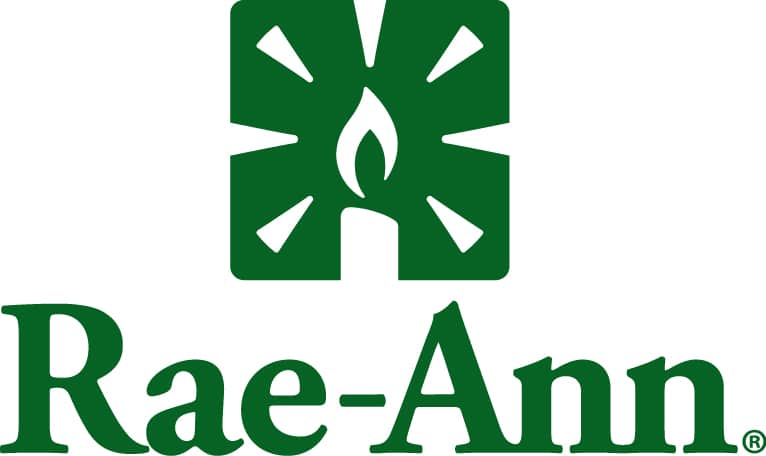Across the country and across many industries, there is an ongoing need to innovate. Of course, coming up with the next big thing often requires a great deal of investment, time, research and development. This can add up quickly—but the good news is that a tax credit available to businesses for qualifying research and development costs can help to offset some of those expenses.
Business owners should be aware of the recent changes to the R&D tax credit along with current eligibility requirements so they can minimize their tax burdens while continuing to improve and innovate in their respective fields.
What Is the Research and Development Credit?
Specifically, the Research and Development tax credit is a federal credit that is available to businesses that have invested funds into innovation, research, development and experimentation. This credit is beneficial to businesses that qualify because not only does it offer a dollar-for-dollar reduction in tax liability, but it also offers about 13 cents in credits for every eligible dollar spent.
It is also worth noting that the Research and Development tax credit is often referred to as the Research and Experimentation (R&E) credit, but these are the exact same thing—and both are covered in IRS Section 41.
Recent Changes to the R&D Credit
Even for businesses that have claimed the R&D credit in previous years or have been ineligible in previous years, it is important to revisit this credit because there have been some recent changes.
Specifically, as part of the Inflation Reduction Act of 2022, the annual election for the R&D credit against Social Security tax was increased to $500,000. Considering the previous maximum credit was $250,000, this means that the potential credit amount doubled beginning in 2023.
How to Qualify for the R&D Credit
While not all businesses will qualify for the R&D tax credit, all small businesses should check eligibility status at the beginning of each new tax year. Generally speaking, any small business operating within the United States can qualify to deduct relevant research, development and experimentation costs so long as these costs meet the following criteria:
- The activities meet a permitted purpose, meaning that they are meant to improve a new or existing product.
- The R&D activities are technological in nature, relying on engineering, computer science, physical science or biological science.
- R&D activities effectively eliminate uncertainty surrounding a product’s design or capabilities.
- R&D activities involve thorough experimentation processes, such as extensive testing and trial/error.
Examples of specific expenses that may qualify for the R&D credit include costs related to paying research and development employees, testing supplies and third-party costs.
It is also worth noting that in order for a small business to qualify for this tax credit, the business must be within its first five years of operation/revenue. Likewise, the credit-year gross receipts of the business must total less than $5 million.
How to Claim the R&D Credit
For businesses that meet the eligibility requirements for the R&D credit, it can be claimed by completing and filing IRS Form 6765. This form should be filed with all other business-related tax return documents by the annual deadline.
After this form is filed, the qualifying business can start applying the credit to employer Social Security and Medicare taxes starting with the following quarter. From there, any remaining credit amount can be applied with each new quarter until the funds are completely utilized. In other words, the credit can “roll over” indefinitely until it has been exhausted.
For business owners who aren’t sure whether they qualify for the R&D credit or could use some additional guidance with claiming the credit accurately, contact us. Our tax professionals are here to help.
Related Insights
Featured Post

Featured Client Testimonials
BW is a true partner to us. Their knowledge, expertise, and service are a valuable resource to us and play an important role in our success!
John Allen - Vice President of Finance, Kaufman Container

Featured Client Testimonials
I appreciate the exceptional tax advice we received over the years. The (BW team) has a good grasp of our business needs. Thank you for your excellent service.
John Griffiths - Owner, Rae Ann, Inc.

Featured Client Testimonials
The BW team has been fantastic to work with; both the team member at our office as well as at the partner level. Any issues or concerns are handled very efficiently and effectively.
Kelley Needham - Chief Executive Officer, Epilepsy Association

Featured Client Testimonials
Barnes Wendling has been our company accountants for over seven years. Their knowledge has been instrumental in helping us grow strategically during this time. And although we’ve seen many changes in our economy that we cannot control, we’ve always been able to trust the Barnes team to be by our side. The Barnes team feels like family. We can’t thank them enough for their support!
Christine Kloss - Controller, AT&F

Featured Client Testimonials
Barnes Wendling has been our company accountants for over 15 years. During this time, the business has grown exceptionally, and Barnes has kept pace, providing accurate, quality advice. Our finances are more efficient than ever, and the expense of hiring Barnes has been a definite positive add to our bottom line. I give my highest recommendation to their firm.
David Miller, MD - President, Retina Associates of Cleveland

Featured Client Testimonials
Barnes Wendling has provided us guidance and recommendations that have strategically helped strengthen our business and position ourselves for growth. We needed to hire a new VP of Finance and Controller this past year, and they were instrumental in helping us find the best candidates for our company.
Sara Blankenship - President, Kaufman Container

Featured Client Testimonials
We value the trust, accuracy of information, and reliability of Barnes Wendling and Mike Essenmacher personally. Mike has been instrumental as a trusted advisor on accounting, tax, and personnel issues. His advice is always accurate, and he is very reliable. His associates are also very talented.
Dominic Ozanne - President and CEO, Ozanne Construction Company

Featured Client Testimonials
We value Barnes Wendling’s expertise with all things accounting so we can operate our business using our strengths and allowing them to be our experts. They have also brought me a few business sale opportunities to allow me to grow my assets.
John Gaydosh - President and Metallurgical Engineer, Ohio Metallurgical Service

Featured Client Testimonials
Barnes Wendling (especially Lena) did a great job with our financials. Everything. It is extremely refreshing and comforting to know that all of our numbers are not only correct, but they are in the right place(s). Your diligence and reporting truly does make me (personally) feel better.
Thomas Adomaitis - Controller, Bialosky Cleveland

Featured Client Testimonials
I can wholeheartedly tell you that I have yet to work with an audit or tax team that have been more helpful, easy to work with, and committed than the team at Barnes Wendling- I have been through three different firms in the last few years.
Michelle Saylor, Former Controller, Aero Mag

Featured Client Testimonials
Floyd Trouten at Barnes Wendling CPAs is an “expert’s expert” when it comes to M & A accounting. Not only does he understand the evolving details of the Tax Code but he also sees the fine points of their application for owners, managers, investors, and financiers.
Mark A. Filippell, Western Reserve Partners

Featured Client Testimonials
The service is amazing at Barnes Wendling CPAs. The benefit is worth more than the cost. Sometimes it’s true that you get what you pay for.
Mark Boucher - Former Owner, Castle Heating & Air









